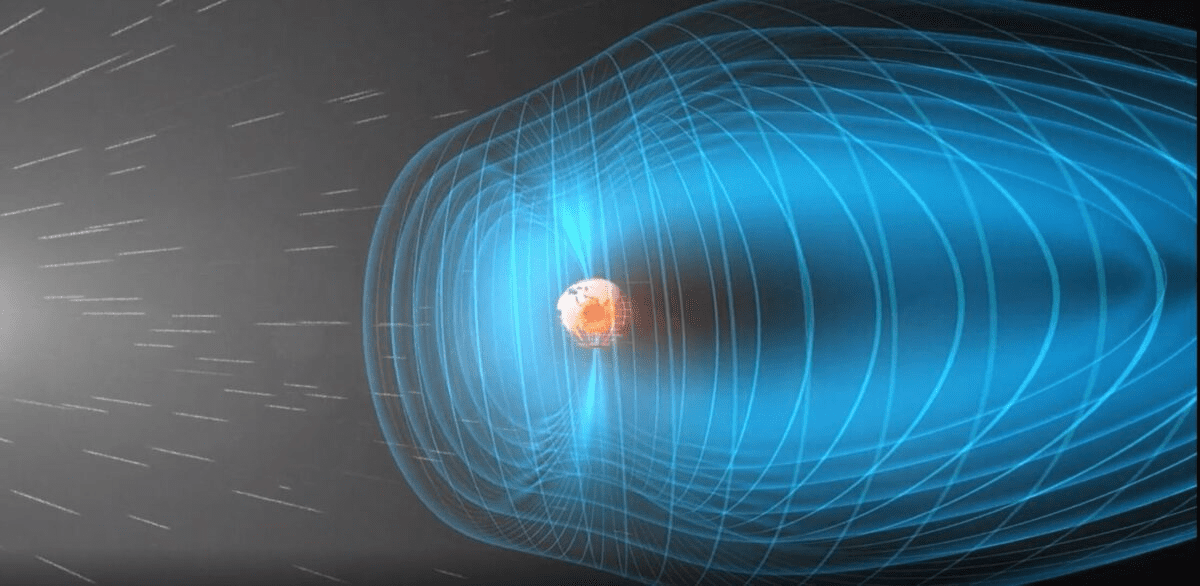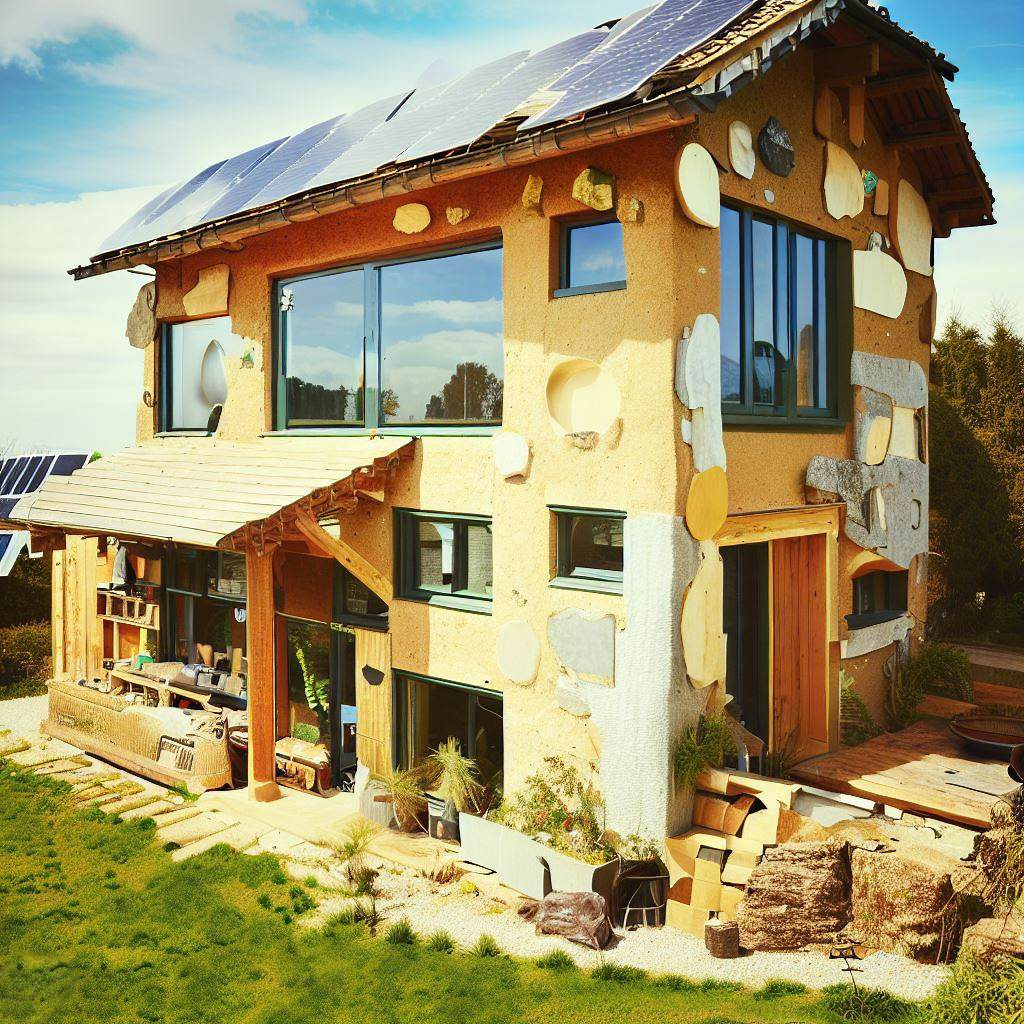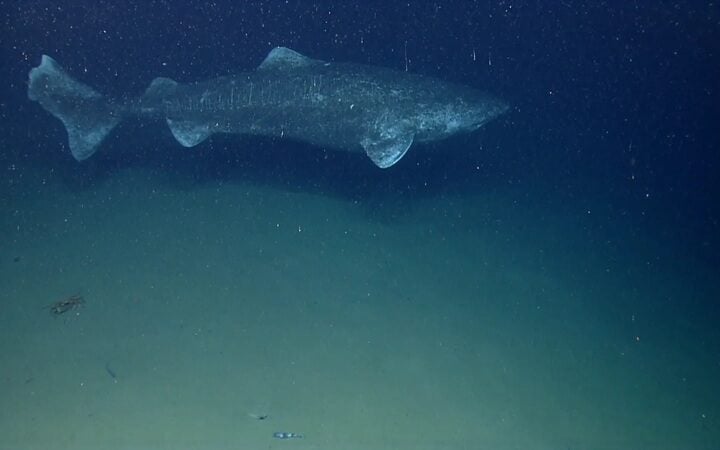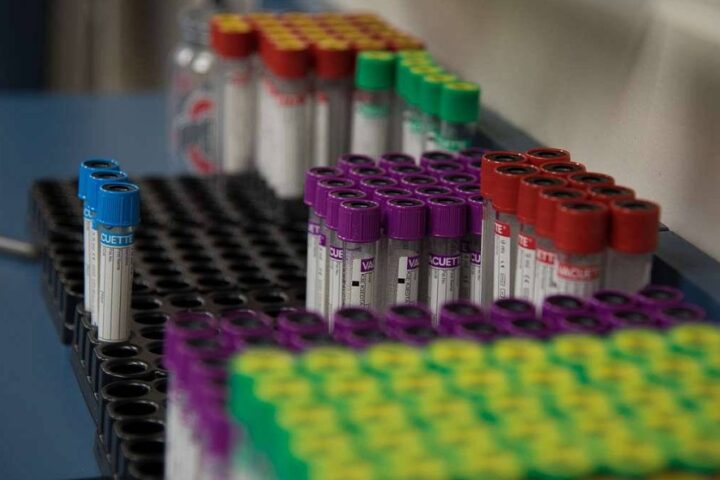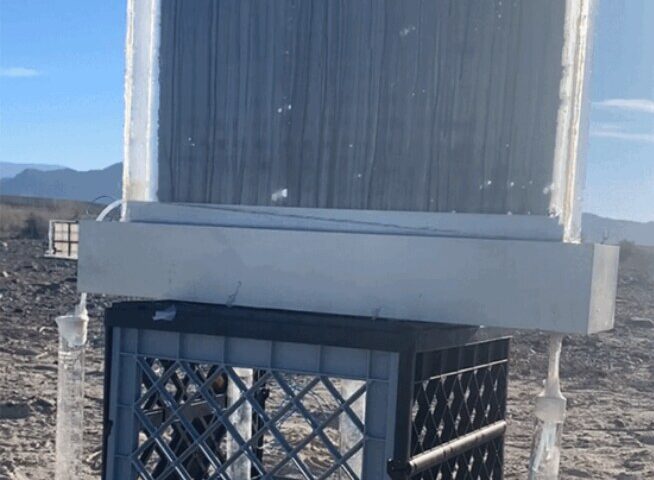A magnetic field envelops the Earth, akin to a bar magnet, albeit the Earth’s structure is significantly more intricate. Our planet’s outer core is an amalgamation of swirling, scalding iron, behaving more like a dynamo than a simple bar magnet. Earth’s magnetism is influenced not only by minerals in the mantle and crust but also by the ionosphere, magnetosphere, and conductivity engendered by the world’s oceans.
While Earth behaves like a dynamo, our understanding of its intricate dynamics and potential future changes remains incomplete. Even though the compass, which leverages Earth’s magnetic field, was invented in Ancient China about two millennia ago, many aspects of Earth’s inner workings remain elusive to us.
The Earth’s magnetic field serves as a protective shield, but this force has weakened over the last 150 years due to approximately a 15% loss in strength, hinting at an impending polarity reversal. The South Atlantic Anomaly, for instance, exhibits a magnetic field that is only half as strong as that of Europe, causing significant technical issues for orbiting satellites due to the weakened field.
The magnetic deviation, a void that exists between magnetic north and true north, continues to widen at an accelerating pace. From 1994 to 2001, it shifted 55 km, adding to the existing 10 km deviation. Pole reversals, though irregular, leave magnetic ‘fingerprints’ in solidified volcanic rocks. The last such ‘fingerprint’ was recorded around 780,000 years ago.
Satellite data from the Swarm Mission has corroborated the general weakening trend of the magnetic field, with the Western Hemisphere showing a decline and the southern Indian Ocean depicting strengthening areas. Due to the South Atlantic Anomaly, a notable deviation in Earth’s magnetic field, the planet’s radiation belts come closer to the surface, raising radiation levels in low-Earth orbit and impacting spacecraft operations.
The German Aerospace Center (DLR) has found that Earth’s atmosphere shields aircraft passengers and crew from the effects of the South Atlantic Anomaly up to an altitude of 13 km. Although there were initial concerns about increased radiation exposure in the region, DLR data did not find any significant additional radiation, quelling these apprehensions.
In 2018, the Macau University of Science and Technology established the State Key Laboratory of Lunar and Planetary Sciences (SKL Planets), significantly contributing to China’s space exploration and research. In 2022, China launched two Macau Science 1 satellites to gather data from the South Atlantic Anomaly region, which exhibits weaker than average magnetism, drawing attention to this region’s magnetic field and space environment.
Similar Post
SKL Planets, in collaboration with the China National Space Administration, oversees the design, development, and testing of the satellites and conducts subsequent data analysis and research. Their research spectrum spans geology, planetary physics, chemistry, and biology, covering celestial bodies from the moon to gas giant planets. With over 100 researchers, including postgraduate students, assistant professors and above, and those affiliated with international scholarly societies, SKL Planets boasts a diverse team.
In keeping with its broad research mandate, SKL Planets has established four platforms. These include the Satellite Data Analysis Center and the Supercomputing Center, both created to facilitate diverse scientific explorations. They have also formed the Center for Earth and Planetary Sciences in the Greater Bay Area, in partnership with premier institutes in Guangdong and Hong Kong.
The Macau Science Satellite, an important project initiated by SKL Planets, aims to study environmental changes in the South Atlantic Anomaly’s geomagnetic fields. This project involved contributions from national and international institutes.
In addition to research, SKL Planets offers master’s and doctoral programs in ‘Space Information Technology’ and ‘Earth and Planetary Sciences’, and is developing a new master’s program in ‘Space Big Data Analysis’. The laboratory strives to inspire public curiosity in space science, conducting activities such as a competition to design Macau’s first science satellite.
These efforts highlight the Macau University of Science and Technology’s commitment to integrating scientific research and education and actively participating in China’s space exploration to better understand Earth’s complexities.
The South Atlantic Anomaly and the shifting magnetic North are testament to the complex and ever-changing nature of our planet’s magnetic field, with real implications for technological systems. Despite its weak contribution, the conductivity of the oceans plays a role in Earth’s magnetism, reflecting the intertwined nature of geophysical processes. The launch of the Macau Science 1 satellites emphasizes the importance of international collaboration in space exploration to better understand Earth’s complex processes.
